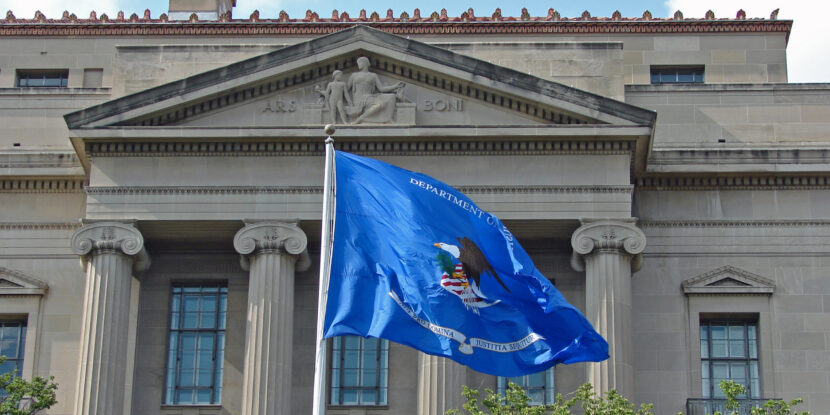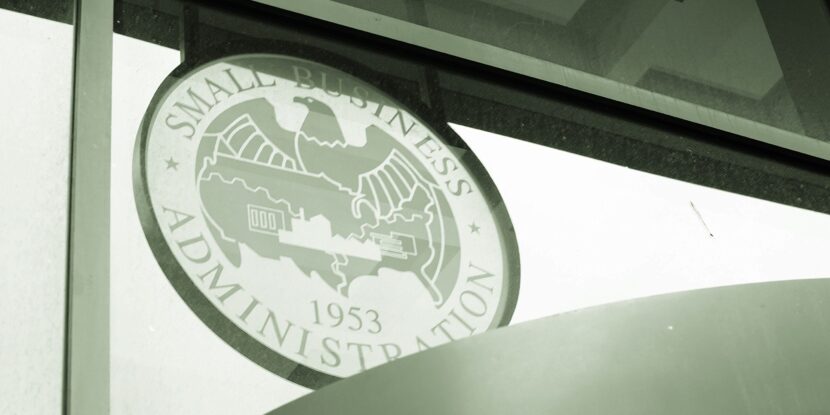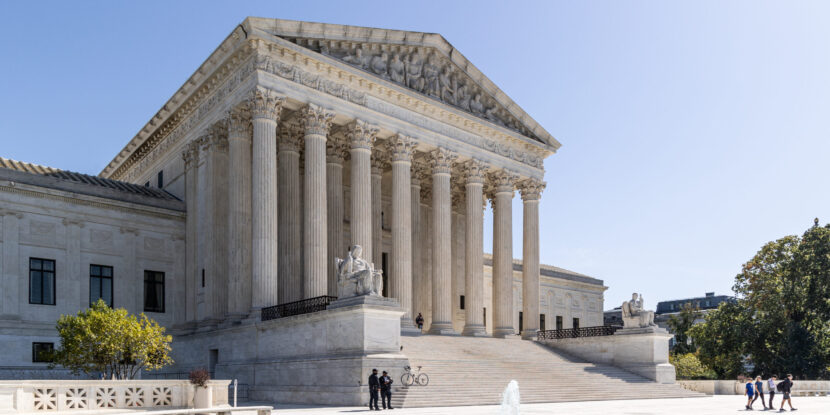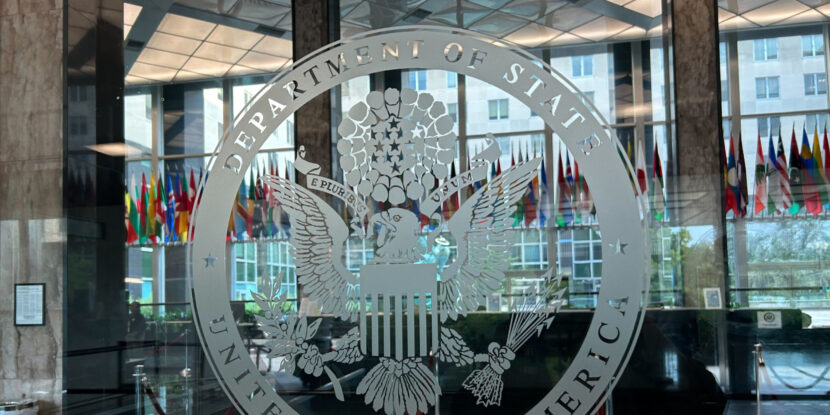❓WHAT HAPPENED: The Department of Justice (DOJ) is investigating whether the leadership of the Washington, D.C. Metropolitan Police Department (MPD) has manipulated crime data to make rates appear lower.
👤WHO WAS INVOLVED: The investigation involves the U.S. Attorney for D.C., Jeanine Pirro, and focuses on Commander Michael Pulliam, among other officials.
📍WHEN & WHERE: The probe, revealed on Tuesday, August 19, follows the suspension of MPD Commander Pulliam earlier this year.
💬KEY QUOTE: “D.C. gave Fake Crime numbers in order to create a false illusion of safety. This is a very bad and dangerous thing to do, and they are under serious investigation for so doing!” — President Donald J. Trump
🎯IMPACT: The investigation raises broader questions about the reliability of crime statistics in Democrat-run jurisdictions.
The U.S. Department of Justice (DOJ) has launched a formal investigation into allegations that the leadership of the Washington, D.C. Metropolitan Police Department (MPD) manipulated crime data to present a lower crime rate, according to two senior law enforcement officials. The investigation is being led by the U.S. Attorney for D.C., Jeanine Pirro, following the suspension of MPD Commander Michael Pulliam after he was accused by the D.C. Police Union of altering crime statistics earlier this year. Pulliam has denied the accusations.
President Donald J. Trump addressed the investigation on Truth Social, writing, “D.C. gave Fake Crime numbers in order to create a false illusion of safety. This is a very bad and dangerous thing to do, and they are under serious investigation for so doing!” He also touted his administration’s efforts to increase safety in the area through federal law enforcement and National Guard mobilization.
Mayor Muriel Bowser (D) has defended the city’s crime statistics, claiming violent crime has decreased by 26 percent compared to last year. However, Gregg Pemberton, head of the D.C. Police Union, expressed skepticism last week during a media interview. “I think there are some concerns about the accuracy of the numbers,” Pemberton said, suggesting there may be a pattern of manipulating data to downplay crime levels.
“What we know, what our members know, is that we go call to call to call out on the streets at night, going from robbery to carjacking to stabbing to shooting, and we just know that crime is ubiquitous, and it’s all in every quadrant of the city,” Pemberton stressed. He described recorded decreases in crime as “preposterous” and unreflective of the reality on the ground.
Join Pulse+ to comment below, and receive exclusive e-mail analyses.



















